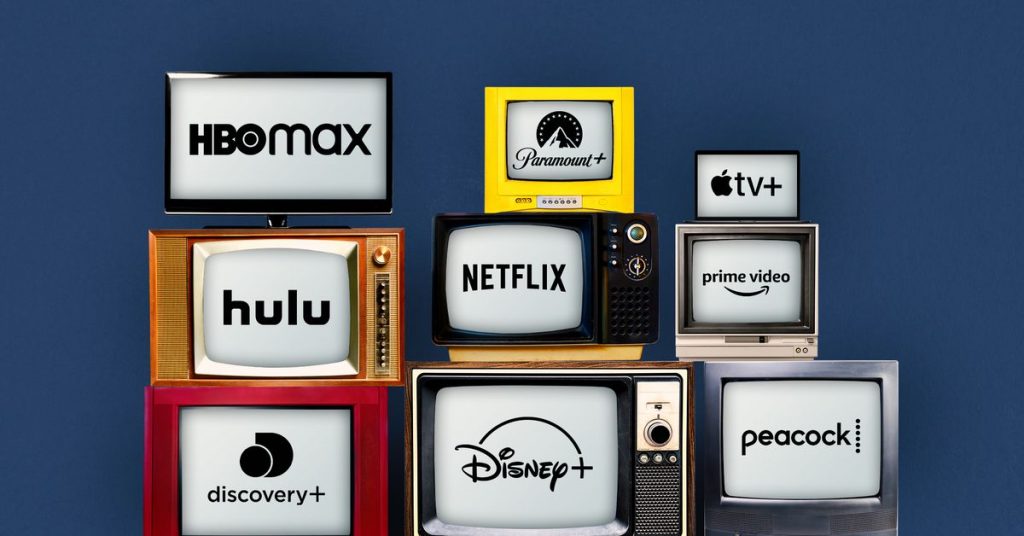Analysis: Not all churn is bad
November 30, 2023

Findings from strategy and consulting firm Magid’s SubScape next generation, analytics-driven tool have revealed key insights about subscriber motivations and solutions for engagement.
“The media industry is at an inflection point as savvy consumers are presented with an unending list of viewing options,” advise Brent Magid, CEO, and Kate Morgan, chief product officer and head of the Global Media, Entertainment and Games practice. “The battle for the acquisition and retention of churn-centric subscribers isn’t slowing down which is why leveraging SubScape’s granular, solution-based insights have been mission critical for our clients as they reimagine their streaming playbook for long term growth.”
According to Magid’s SubScape:
- Between January and October 2023, the top 20 streaming services, on average, experienced a subscriber loss of 8 per cent and a gain of 8 per cent per month, realising an average net growth of zero in the US.
- Although subscriber volatility across the landscape is high, with 40 per cent on average saying they may cancel or are likely to cancel the individual paid service used by their home in the next year, a closer look at Magid’s SubScape data finds that not all churn is bad and that some attractive psychographic segments, predisposed to churn, provide a competitive advantage and guide streamers toward increased market share and profitability when managed strategically.
Hypers: A high churn, high income segment whose value lies in driving growth and word of mouth. Of all the segments, Hypers score the highest on the following:
- 46 per cent agree: “I have FOMO “fear of missing out” about certain shows”
- 51 per cent agree: ‘I like to post, like, share on social media about my favourite shows/actors”
- When asked about the individual paid services used by their home, 55 per cent of Hypers say they may cancel or are likely to cancel that service in the next year.
Loyalists: A high spending low churn segment. Of all the segments, they are the most open to ads.
- 81 per cent agree: “I’m fine watching some ads/commercials, if it saves me money”
Digitarians: A high churn segment with equal interest in video on social platforms such as YouTube and TikTok, they’re free promotion seekers who do not represent a high ROI on marketing dollars.
- Mostly likely segment (14 per cent) to be in a free promotional period or borrow an account from another home
Pragmatics: A smaller segment (just 10 per cent of the population) that is nonetheless a critical revenue-driver for certain services with libraries that map to its emotional needs.
- 70 per cent agree: “I avoid watching ads/commercials as much as possible” (Tied with Hypers for the top score)
Mainstreamers: A laggard segment, this low churn group is an important component of stability in a mature SVoD, but rarely strays beyond the top five services. Mainstreamers score as the lowest subscriber segment on the following questions:
- Only 24 per cent agree: “I’m usually the first of my friends to try a new video service”
- Only 25 per cent agree: “I have FOMO “fear of missing out” about certain shows”
- Only 24 per cent agree: ‘I like to post, like, share on social media about my favourite shows/actors” (lowest subscribing segment)
- 77 per cent intend to stick with a service for at least a year
Inerts: The oldest of six segments, with a lower interest in video overall, Inerts present the lowest opportunity to drive revenue.
Additionally, Magid finds that:
- Not all churn is equal. There is a difference between ‘bad’ churn vs ‘strategic’ churn with the latter consistent with strong long-term growth. While perceived service weakness may play a role in churn, churn is often fuelled by a segment’s inherent volatility and the attitudes/behaviours that subscribers, such as Hypers, bring with them, such as a fear of missing out (aka FOMO). Services that consistently deliver culturally relevant content will attract these transient FOMOs.
- Some high-churn segments show value in other ways. With new content driving interest, a service’s vibrancy and health is in part measured by its appeal to some high-churn viewers. And one of these high-churn segments, Hypers, carry the most number of services at any given time and are also the best word-of-mouth drivers in a streamer’s customer base.
- AVoD is a significant time competitor to SVoD. When all video streaming is included, the top five SVoDs still dominate Magid’s Primacy metrics, but free streaming services such as TUBI, compete with SVoDs mid-tier services.
- Income and Churn don’t always go hand in hand. Although it might seem counter-intuitive, having less disposable household income isn’t always predictive of churn propensity. Hypers, the highest income SubScape segment, also has a high proclivity to churn.
- We’re looking at the wrong metrics. Traditionally, average subscriber tenure and churn rates was an indicator of business health. But research suggests the more accurate metric is the number of total subscribed months (whether or not they’re contiguous), which recognises that some subscribers who leave quickly also come back quickly.
- Big budget series don’t necessarily drive big subscriber numbers. Big tent-pole series, expensive to produce and promote, don’t necessarily bolster subscriber engagement. By integrating SubScape’s findings with Magid’s established, proprietary EmotionalDNA (eDNA) tool, shows or movies, (regardless of production costs) that can attract or retain a segment of viewers can be precisely identified. Knowing which SubScape segment to target, and how to motivate them, drives higher ROI through programme development, marketing and promotion that better meets viewers desires at a lower cost.
